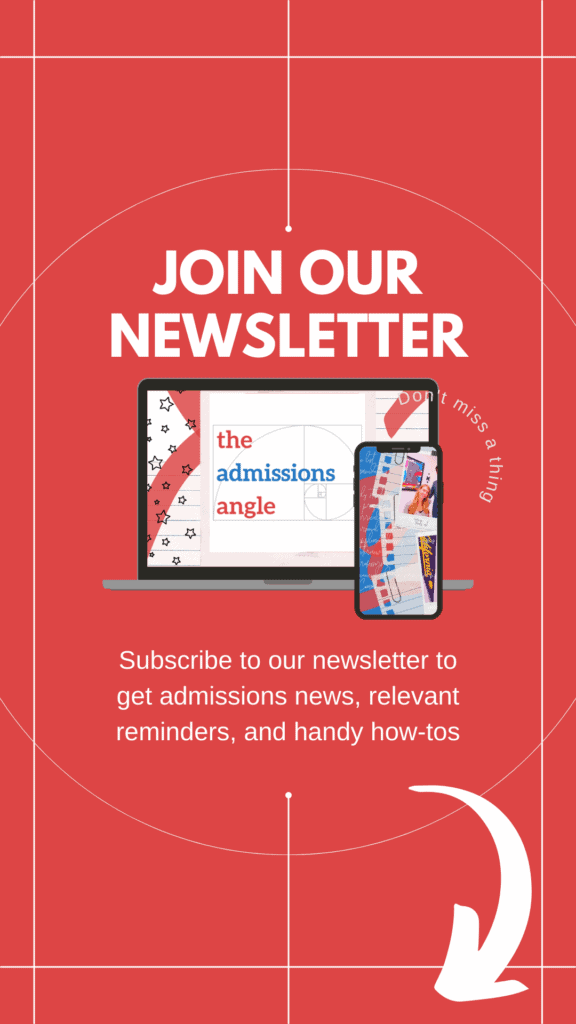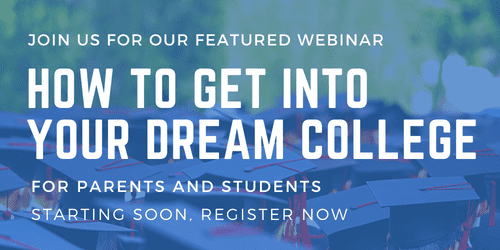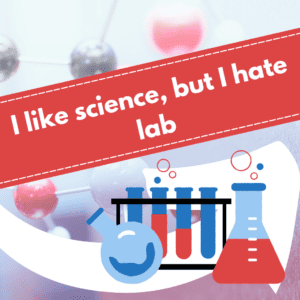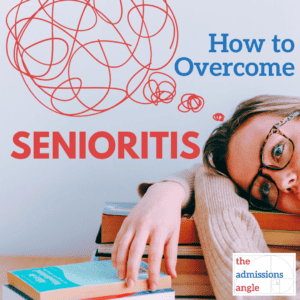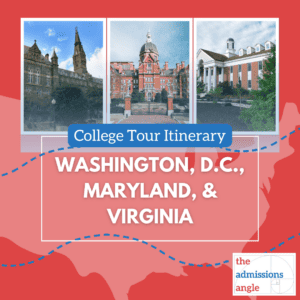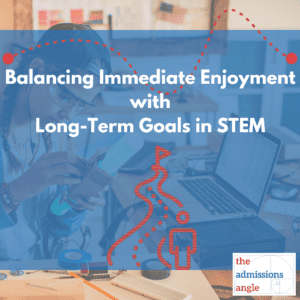
Best Science Research Summer Programs for High School Students 2022
Looking to get into a lab for science research? Check out our list below for some of the best summer programs that give high school students meaningful experience pursuing topics in biology, chemistry, physics, computer science, and many other topics.

By ALEX LOVELESS
The last two years have been rough for students looking for lab research experience. In 2022, we’re hoping that things will get back to normal with meaningful, in-person research summer experiences again. Most programs are expected to be back in-person this year, but given how variable public health trends have been, don’t be surprised if this changes. Overall, I think it’s especially wise to prioritize any in-person programs to virtual alternatives, as there’s just no way to replace the wet-lab research experience.
Many students got involved in independent research, getting help from teachers at school or professors at local universities. We’ve seen an increasing trend of independent research projects in applicants and don’t see this slowing down, so if you’re interested in learning more about how to pursue your own research project, check out the bottom of this article. Despite the difficulty in securing research experiences in-person, top programs continue to signal that they value these STEM research experiences. Through information made public via the Harvard Admissions lawsuit, we know that in Harvard’s admissions office, contributing to meaningful and original research is extremely helpful in getting the highest possible academic rating of 1.
Keep in mind that not all research experiences are equal and general wisdom for summer programs apply, – there are programs that tout lab experience over the summer, but they often are just one or two week programs and don’t actually contribute to ongoing research projects. On the other hand, there are a number of free research programs that contribute to meaningful, current research and are long enough in length to form lasting bonds with professors and other students. Getting a recommendation from one of your research advisors at one of these programs can really help STEM students stand out from the crowd in college admissions.
The challenge with admission to these top research programs is that they often are seeking to admit students with previous research experience. This creates a catch-22 situation similar to the one that college graduates experience when initially seeking employment, employers asking for experience in the field for an entry-level position. It can certainly be frustrating for students, but it signifies the value in students planning their early high school summers to participate in less competitive research experiences so that they’re competitive for the more rigorous programs later on.
While most programs are planning to be in-person again this summer, the variability of COVID could quickly change this and convert many programs back to virtual. Keep in mind that many of these programs, if in-person, will most likely require students to be fully vaccinated. We can certainly debate the ranking and tiers of these programs, but this is based on my own experience with students who have applied to and been admitted to these research experiences. There are a number of programs that try to emulate what these top programs do to generate revenue, so the following list comprises programs that we know are worthwhile, meaningful programs. There are a number of programs not on this list that would be comparable to programs on this list, we just don’t have enough experience with them to make a judgment in ranking them.
Generally, consider these general rules to determine if the experience is worth applying for:
- The length of the program. Is the experience two weeks long or is it a more robust six weeks long?
- Program instructors and organizers. Do university professors instruct classes? Or are mostly graduate students running the program? Are you working on actual ongoing research with professors in a lab? If not, are you receiving significant mentoring to design and follow through on your own research thesis?
- Cost of the program. Is the program affordable given the length of time? Do they provide significant financial aid? Generally, the more competitive/worthwhile experiences do not have a cost, especially if they don’t have much name recognition.
The list below represents science research programs that just about every good STEM school has most likely heard about. To get a better idea as to the competitiveness and admissions value of each program, I’ve tiered the programs into three categories: S-Tier, A-Tier, and B-Tier.
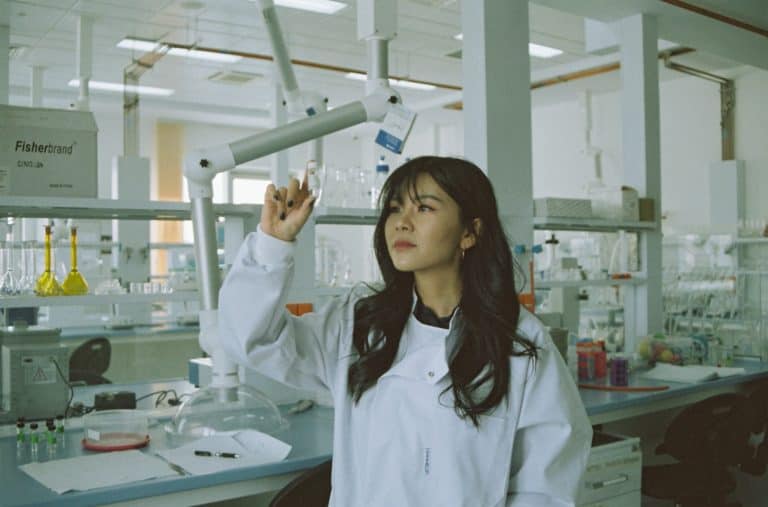
S-Tier: Must Go If Admitted
1. Research Science Institute (RSI)
Program Dates: June 26th – August 6th (6 weeks)
Application Deadline: January 14th, 2022
Cost: Free
International Students: Yes (separate application, Deadline: February 11th
2. National Institute of Health – High School Summer Internship Program (HS-SIP)
Program Dates: Numerous locations and dates (8 weeks)
Application Deadline: February 1st, 2022
Cost: Free ($2,000 monthly stipend)
International Students: No
*** Bonus: NIH also hosts the HiSTEP and HiSTEP 2.0 summer programs
RSI is probably the most respected high school summer science research program. It’s run by the Center for Excellence in Education, the same people that run the USA Biology Olympiad (USABO), and is just as competitive, if not more competitive, than admission to the Ivy League+. Students gather at the cutting-edge campus of MIT for this program, adding to the attractiveness of the program for applicants. Students participate in one week of intensive STEM classes and then a five week research internship “where students conduct individual projects under the tutelage of mentors who are experienced scientists and researchers.” In the final week students “prepare written and oral presentations on their research projects.” Because it is a free program, the applicant pool is VERY competitive, so make sure that you have top notch GPA, test scores, and prior research experience if you want a chance to get accepted. .
The NIH High School Summer Internship Program (HS-SIP) is also an amazing opportunity for domestic students. This eight-week program is run through the National Institute of Health, meaning that you’ll be working on actual, government-funded projects. The application is quite involved, but the NIH SIP website gives a lot of great resources to navigate it, including this Youtube video. One of the downsides to the internship is that they do not provide housing for interns and they have limited locations around the US. Applicants must live close to one of their research campuses, which limits who may apply. But if you’re lucky enough to live near a campus, you can get valuable research experience and get paid a stipend for this program. Competition is extremely high, so it’s recommended that students get applications uploaded as early as possible. It’s also recommended that students reach out to labs directly to get noticed for a possible internship. NIH also offers the less-competitive HiSTEP and HiSTEP 2.0 programs that can also be great experiences.
“Despite the difficulty in securing research experiences in-person, top programs continue to signal that they value these STEM research experiences.”
A-Tier: Highly Competitive Programs
3. Summer Science Program (SSP)
Program Dates: Astrophysics — UNC Chapel Hill: June 12th – July 20th, Univ. of Colorado: June 19th – July 27th, New Mexico Tech: June 19th – July 27th; Biochemistry — Indiana: June 12th – July 20th, Purdue: June 19th – July 27th; Genomics – Purdue: June 19th – July 27th
Application Deadline: International — January 29th, 2022; Domestic — February 25th, 2022
Cost: $7,950 (financial aid available)
International Students: Yes
4. Stony Brook University — Simons Summer Research Program
Program Dates: Online — June 27th – July 29th (5 weeks)
Application Deadline: Application opens February 1st, 2022 (School nomination required)
Cost: Free
International Students: No
5. Texas Tech University — The Clark Scholars Program
Program Dates: June 20th – August 3rd (7 weeks)
Application Deadline: February 16th, 2022
Cost: Free, ($750 stipend, $500 meal card)
International Students: Yes
6. Boston University — Research in Science & Engineering (RISE)
Program Dates: July 3rd – August 12th (6 weeks)
Application Deadline: February 14th, 2022
Cost: $4,950 tuition, $2,876-$3,156 room and board, $470 service fees (financial aid available)
International Students: No
7. Stanford Institutes of Medicine Summer Research Program
Program Dates: June 13th – August 4th (8 weeks)
Application Deadline: February 26th, 2022
Cost: Free
International Students: No (give preference to local, Bay Area students)
8. Memorial Sloan Kettering Cancer Center – Summer Student Program
Program Dates: June 30th – August 24th (8 weeks)
Application Deadline: February 11th, 2022
Cost: Free w/ $1,200 biweekly stipend
International Students: No
9. Stony Brook University — Garcia Center High School Summer Program
Program Dates: June 27th – August 12th (5 weeks in-person, 2 weeks virtual)
Application Deadline: Postmarked by March 10th, 2022
Cost: $3,000 (lab usage fee), Room & Board Fee TBA
International Students: Yes
10. Science and Engineering Apprenticeship Program (SEAP)
Program Dates: Various labs and dates (8 weeks)
Application Deadline: Closed for 2022, Open August 2022 for Summer 2023
Cost: Free ($3,500 stipend for eight weeks)
International Students: No (US citizens only)
11. Michigan State University – High School Honors Science, Math and Engineering Program (HSHSP)
Program Dates: June 21st – August 6th (7 weeks)
Application Deadline: March 1st, 2022
Cost: $3,800 (financial aid available)
International Students: No
The next tier of programs are still some of the most competitive summer programs out there, especially the free ones with each program’s acceptance rate likely under 10%. Many of the top schools in America, especially the STEM-focused ones, look extremely favorably on students who have attended these programs as they have already been vetted in a competitive admissions process and trust the value of the research experiences. These programs cover a variety of fields and topics in science, so make sure to try to find the programs that encompass the fields that you’re interested in pursuing. As always, the rankings here are certainly debatable, but overall, they are all programs that provide invaluable research experience at the university level.
While some research programs cover a limited number of STEM fields and research experience in ongoing projects, other programs rely on you to come up with your own research question and thesis before testing your hypotheses. For SSP, students choose the Astrophysics or Biochemistry track and then participate in ongoing projects. For RISE, students apply for a certain track and then participate in existing research within that field. For programs like Simons and Clarks Scholars, students are responsible for coming up with their own research focus and will be paired with a related research mentor after getting accepted to the program. This adds another layer of difficulty in the application process, so make sure to indicate, clearly, that you have an idea as to what your research focus might be. SEAP is a research program run by the US Navy, providing a unique experience through the lens of the armed services. Lastly, HSHSP is a program that has been around for a while at Michigan State, providing students with personalized research mentorship based on research interests. When researching which programs to apply to, make sure to take note of what kind of program you’re getting into.
While there are a number of expensive, paid programs in this section and the next, many of them have meaningful financial aid. Even if you think you’re on the cusp of qualifying for aid, you should apply for it because they do give partial aid packages that can help reduce the overall cost. Many of these programs do like to see prior research experience on your resume, so for younger high school students, look to the B-Tier programs to get some experience from a less competitive program or try your hand at some independent research.
College Admissions Services
Schedule a Free Consultation
Meet with a mentor one-on-one via video chat to talk about your son/daughter’s admissions plan. Afterwards, receive a no-obligation Customized College Roadmap (CCR) with advice on courses, extracurricular activities, standardized tests, and Admissions Angle strategy.
B-Tier: Meaningful Research Experiences
12. University of Iowa – Secondary Student Training Program (SSTP)
Program Dates: On-campus – June 22nd – July 29th (5 weeks), Virtual – June 20th – July 28th (5 weeks)
Application Deadline: February 18th, 2022
Cost: Online — $4,500, In-person — $7,500 (financial aid available for US students)
International Students: Yes
13. University of Florida – Student Science Training Program (SSTP)
Program Dates: July 12th – July 29th (6 weeks)
Application Deadline: Rolling starting March 1st, 2022
Cost: $4,800 w/ financial aid available for in-state students
International Students: Yes
14. MDI High School Student Summer Fellowship
Program Dates: June 19th – August 6th (7 weeks)
Application Deadline: Priority — March 4th, 2022; Regular — April 1st, 2022
Cost: Free w/ stipend
International Students: Yes
15. Coriell Institute Summer Experience
Program Dates: TBD (4 weeks)
Application Deadline: TBD
Cost: Free w/ stipend
International Students: Yes
16. University of Chicago — Research in the Biological Sciences (RIBS)
Program Dates: June 11th – July 8th (4 weeks)
Application Deadline: January 19th, 2022
Cost: $13,200 (financial aid available)
International Students: Yes
17. NYU – Applied Research Innovations in Science and Engineering
Program Dates: June 24th – August 13th (7 weeks)
Application Deadline: March 1st, 2022 (for NYC residents only) but interviews/lab tours in April/May
Cost: Free w/ stipend if completed
International Students: Yes
18. University of Pennsylvania – Engineering Summer Academy Program (ESAP)
Program Dates: July 2022 (3 weeks), Online/Virtual TBD
Application Deadline: Priority — March 4th, 2022; Regular — April 1st, 2022
Cost: $7,700
International Students: Yes
The programs on this list are all programs that will get you meaningful research experience, some even paying you a stipend for your help in the lab. These programs are probably more competitive than other B-Tier programs in other categories because there are so many research programs out there. If you’re a younger high school student and your goal is to attend an S or A-Tier program, these experiences can definitely help build your resume to apply for a more competitive program the following year. There’s also great value forming a strong bond with a research advisor and asking them for a strong recommendation for other programs or college applications later on.
This year, we added a number of new programs that fit our criteria for a solid experience: in-person, longer commitment, and interactions with actual research professors. In B-Tier, there are probably a number of other programs deserve to be mentioned, but we just don’t have enough experience with them to confidently list them here. These programs can be a great option to spend time in the summer if you’re interested in the scientific method of research. Keep in mind, though, that without the residential experience and community aspects of the virtual programs, paid programs might not be worth the cost.
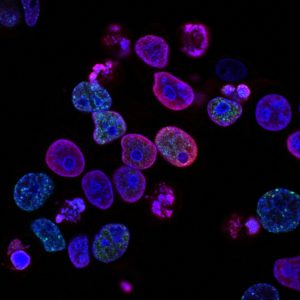
Bonus Program
MIT Online Science, Technology, and Engineering Community (MOSTEC)
Program Dates: June 2022 – December 2022
Application Deadline: February 1st, 2022
Cost: Free
International Students: No
MOSTEC is an amazing program that isn’t listed above because it doesn’t really qualify as a summer program (it runs from June to December). While they encourage students from underrepresented populations to apply, this is not a requirement for application. Because of the people that organize the program, the scope of the work, and the length of involvement, this program would probably be considered an A-Tier in terms of admissions value. I wouldn’t put it as S-Tier because students don’t participate in actual, ongoing research in a lab.
Over the summer, from June to early August, participants complete two online courses and projects in science, engineering, and science writing with help from instructors. Then in early August, students attend a 5-day conference at MIT where they present their projects, attend workshops, and participate in community-building events. From August to December, students interact with professors and researchers through webinars to write science articles and online blogs. They also get access to admissions information through MIT’s Admissions Corner, which is run by MIT Admissions counselors.
What about Independent Research?
Independent research projects can also be a great way to show initiative for participating in research, even if it isn’t as sophisticated as wet lab research. If you’re resilient and resourceful, you can find ways to collect research data without the need for a lab. For example, here’s a freely available repository for genetics data from Online Mendelian Inheritance in Man. Many data science, bioinformatics, or computational type research projects can be performed remotely or on a computer because they mostly entail processing and analyzing already existing data. Students who take on these types of projects usually get help from a parent, teacher, or friend of the family who has experience in the field, but there are resources out there that can help you design your own project.
In addition, some students will contact professors from local universities to see if they can contribute to ongoing research through an informal internship. Securing this type of arrangement oftentimes requires a TON of cold outreach, networking, professional materials (resume and cover letters), and patience to secure. Stanford’s Office of Science Outreach has a great pdf with tips for finding an unpaid lab placement.
There are also a growing number of paid services that will connect you with research mentors who are often actual professors in particular fields. These programs can be quite expensive, so be careful when considering this option, as the admissions value of the experience is going to be hard to quantify without any tangible results (Research competition awards or published papers). As always, the unpaid programs usually have the most reliable admissions value.


